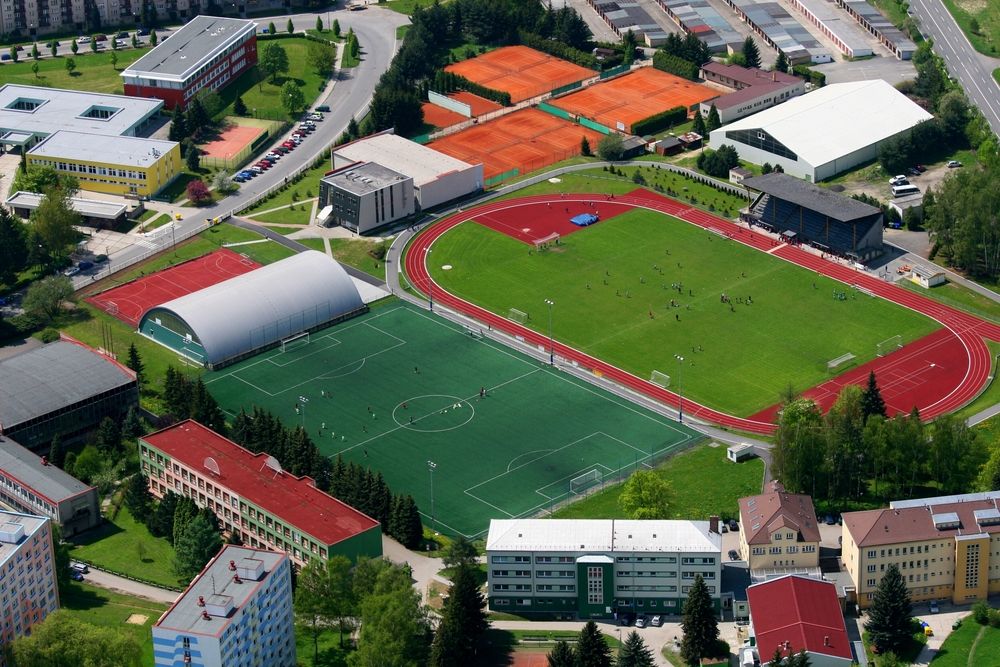The Importance of Proper Drainage in Sports Field Construction
Read More

A defensive turf maintenance plan preserves your investment and ensures predictable surface performance for years to come. It’s true that artificial grass requires less care, but even the toughest of artificial turf blends still require routine upkeep and professional turf field maintenance from time-to-time. Fortunately, keeping your turf in great shape is both affordable and relatively easy to manage!
To maximize field performance and extend the lifespan of your turf, follow these helpful tips and remain a step ahead of avoidable field issues as the seasons change.
Before going into seasonal specifics, it’s important to master the basics of field upkeep. And best of all, many of these tips apply to both indoor and outdoor facilities. You can protect your field from premature wear and tear by:
Keeping your field free from debris and trash: Physical objects are a leading cause of premature turf damage and player injury. When an athlete impacts the debris or foreign object, these items can penetrate the turf materials, causing tears, uneven surface conditions, or separation of the turf seams. On the same note, these objects are a player hazard, causing trips and other injury risks if players come in contact with sharp objects or an unexpected piece of trash.
On a daily basis, walk the field and clean up the trash and debris. Also, encourage a tidy space by placing trash and recycling bins at convenient locations around your facility. The easier it is for guests and athletes to keep it clean, the more likely they are to honor your facility’s tidy policies!
Integrating field access control solutions: Avoiding vandalism and field misuse is another important maintenance consideration. Fencing, gates, and other safety solutions like on-site cameras can be effective options for both private and public facilities. Depending on your turf field’s exact safety needs and accessibility goals, you may also consider limiting hours of use, hiring staff to actively monitor the field, displaying signage with facility rules, or integrating access solutions like an automated entry system that only allows approved community members or teams to enter the facility.
General surface upkeep: On a weekly/monthly basis, other key tasks such as turf brushing and visible material inspections are important for basic upkeep. Brushing realigns the artificial grass fibers and redistributes infill to prevent premature wear while ensuring player-safe surface performance. While brushing the field, be on the lookout for any unusual signs such as seam separation, excessive surface wear, and any other noticeable changes that might indicate turf damage.
Before the tournament seasons begin, investing in a professional field or rubber running track surface inspection is a wise decision. Since inclement winter weather and freezing/thawing cycles can cause foundation, drainage, and material integrity issues, we always recommend seeking a professional evaluation to catch these potential issues before they progress.
Before the warmer season gameplay commences, other important maintenance considerations include:
As the seasons come to a close, this can be a great time to make necessary repairs or manage a turf replacement. During the cooler months, our field maintenance experts also recommend:
Have questions about any of the above? Reach out to our experts at Keystone Sports Construction for free field guidance today!